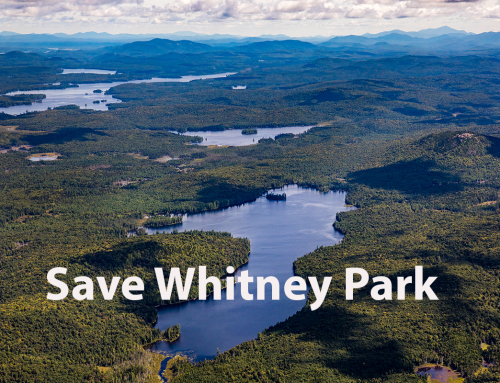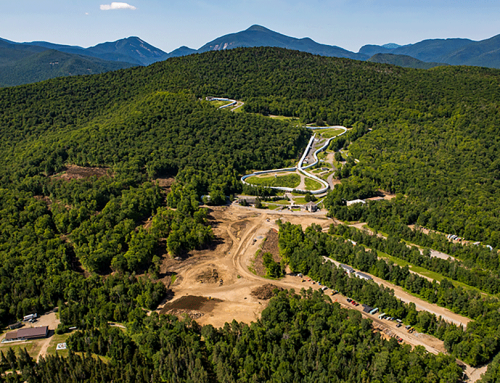APA vote today marks the first time in the last 40 years to weaken, not strengthen, protections for the Forest Preserve
APA removed Essex Chain Lakes tract from Wilderness management by opening bicycle routes and motorized maintenance and management
For the first time in more than 40 years, the Adirondack Park Agency (APA) has acted to weaken, not strengthen, the Adirondack Park State Land Master Plan (APSLMP), which sets management policy for the 2.6-million acre Adirondack Forest Preserve. At its monthly meeting today in Ray Brook, the APA voted to change the “Primitive” lands classification to allow bicycles and use of motor vehicles by the Department of Environmental Conservation (DEC) for management and maintenance.
The APA voted today to change state rules to allow bicycle riding and management/maintenance with motor vehicles by state agencies throughout the 9,900-acre Essex Chain Lakes and Pine Lake Primitive areas. Under the APSLMP, Primitive areas are managed as Wilderness lands, which prohibits bicycle and motorized uses. The APA voted to amend the State Land Master Plan to allow these uses in the Essex Chain Lakes and Pine Lake Primitive areas.
“The APA today voted to weaken Wilderness protections for the Forest Preserve. This is the first time that the APA has acted to weaken, not strengthen, the Adirondack Park State Land Master Plan, which sets management policy for the Forest Preserve,” said Peter Bauer, Executive Director of Protect the Adirondacks. “This is a major step backwards and is a sharp departure from Wilderness management used since 1972.”
The APA held a public hearing on changes to Primitive lands and other matters in January 2016.
Under the State Land Master Plan, Forest Preserve lands classified as “Primitive” are generally lands that are managed as Wilderness and could one day be upgraded to Wilderness. This was the case with former Lake Lila Primitive area and the former Hudson Gorge Primitive Area, which were upgraded to Wilderness. Primitive lands also include Forest Preserve lands that have some permanent constraint that preclude Wilderness classification, yet should be managed with this high level of protection, such as Valcour Island on Lake Champlain. There are 40 Primitive Areas on the Adirondack Forest Preserve that encompass more than 39,000 acres.
The State Land Master Plan Basic Guideline 1 for Primitive Areas states: “The primary primitive management guideline will be to achieve and maintain in each designated primitive area a condition as close to wilderness as possible, so as to perpetuate a natural plant and animal community where man’s influence is relatively unapparent.” Basic Guideline 2 states “No additions or expansions of non-conforming uses will be permitted.” The decision to allow bikes and motor vehicles in Primitive Areas does not conform to these management objectives.
“A chief policy aim of the Cuomo Administration is to massively expand motorized uses on the Forest Preserve. Through the APA and DEC a series of decisions have been made to expand motorized uses over the past five years. Today’s downgrading of Primitive areas by the APA today is just the latest of a string of decisions to motorize the Forest Preserve,” said Peter Bauer.





